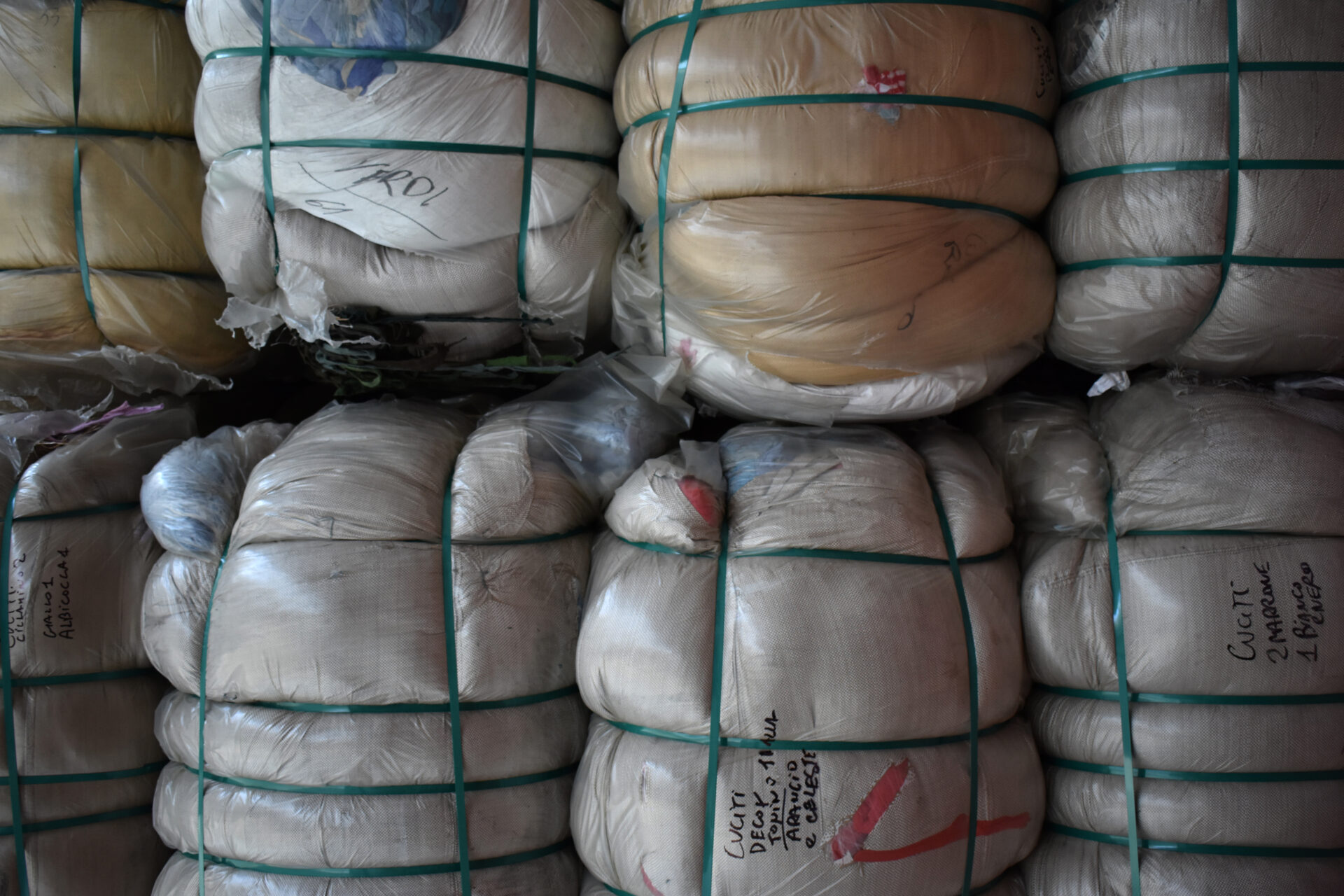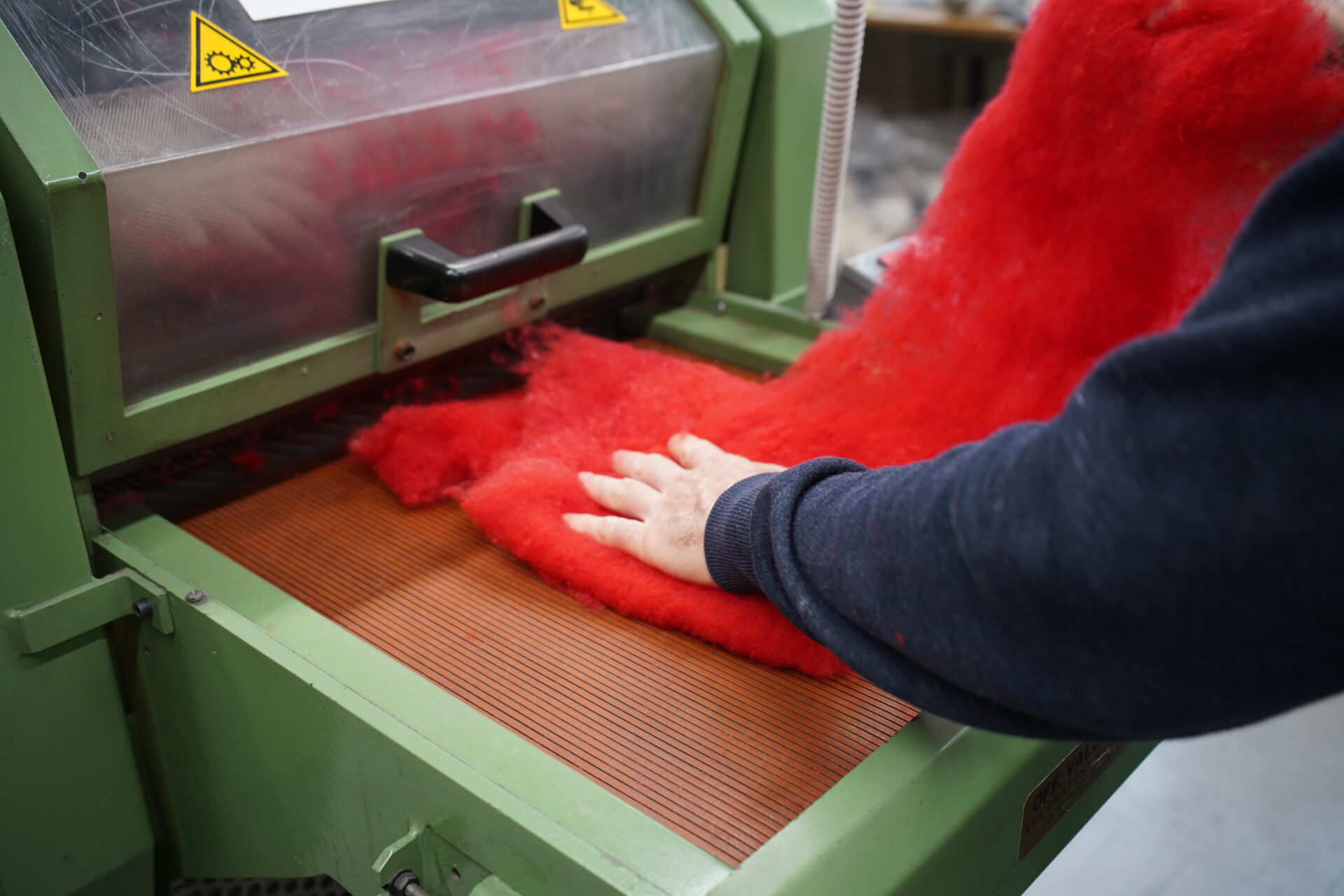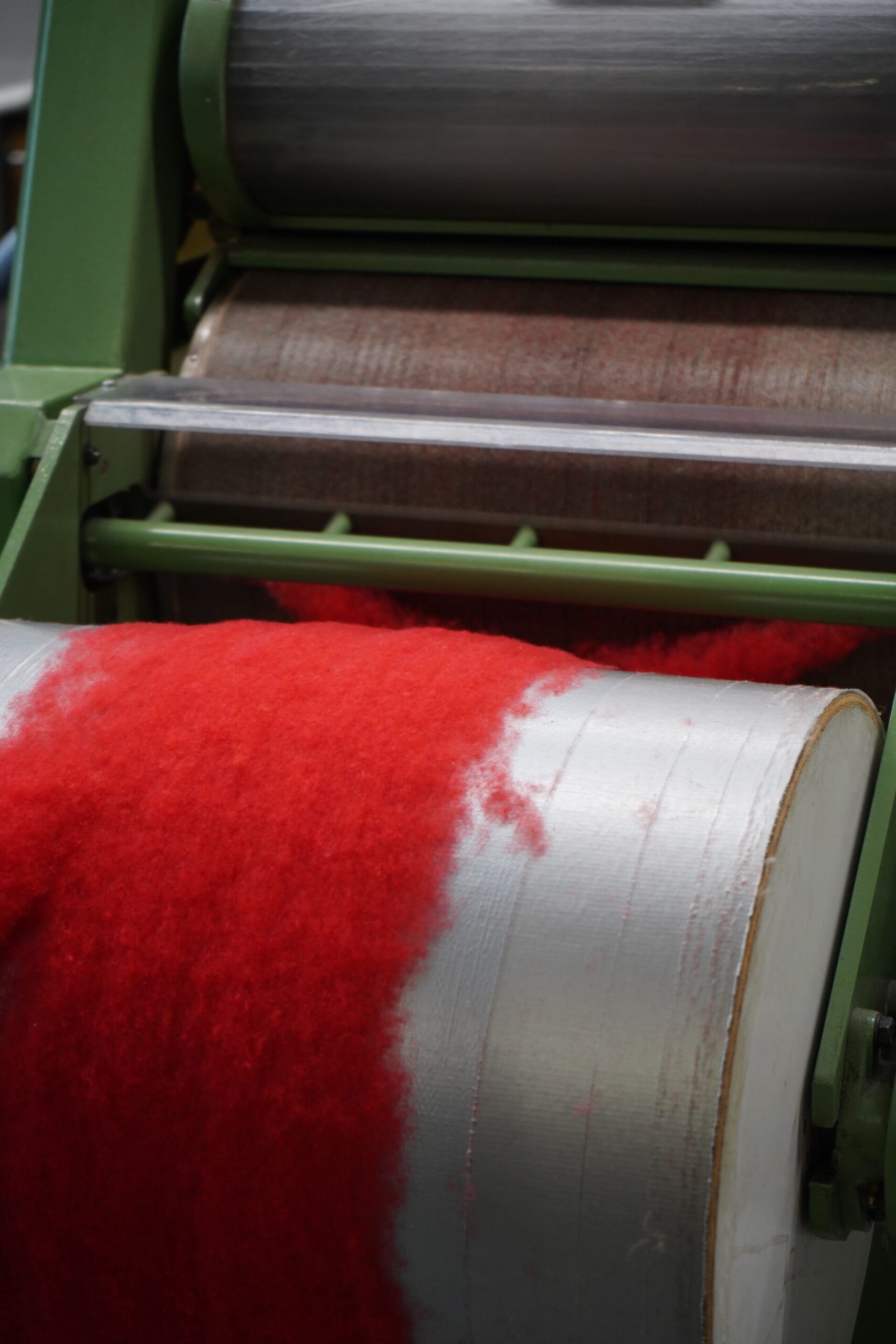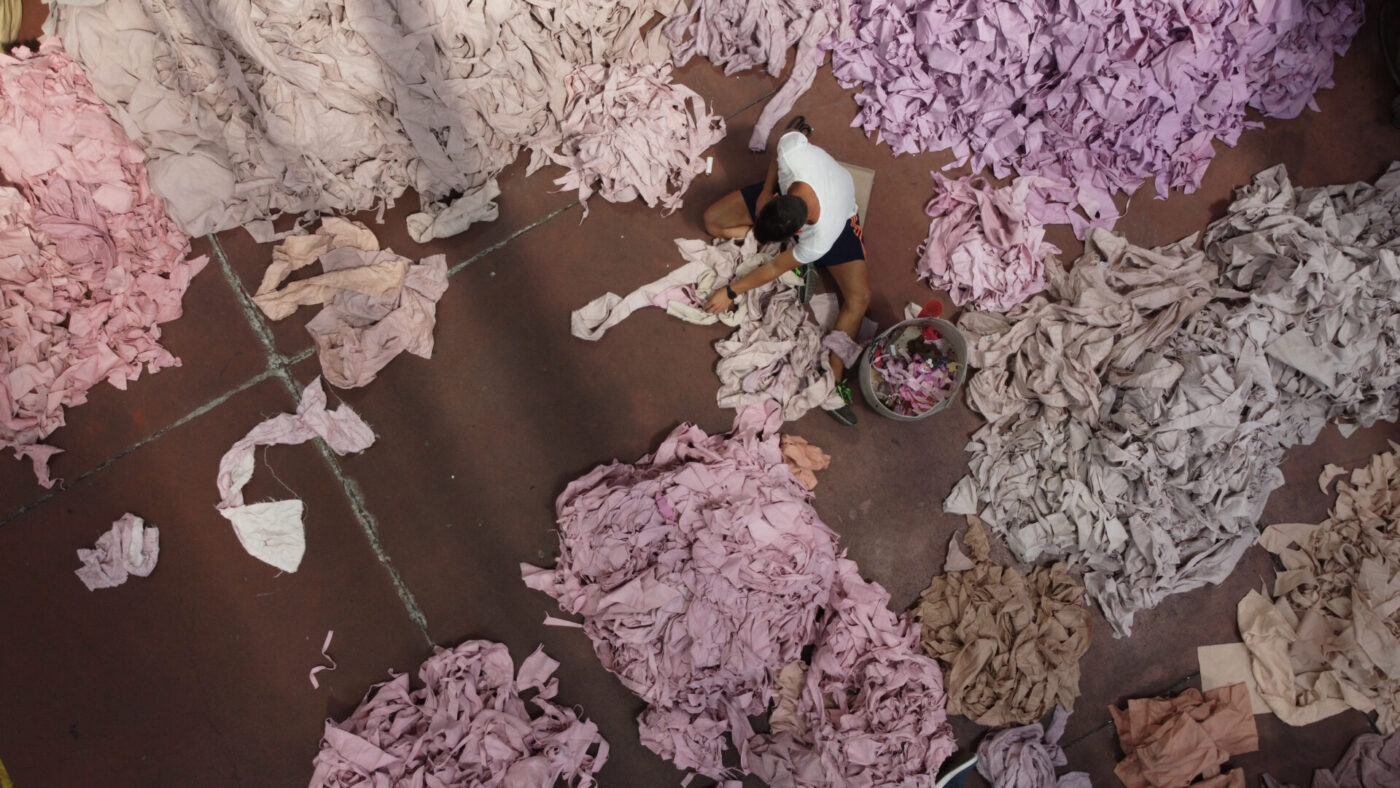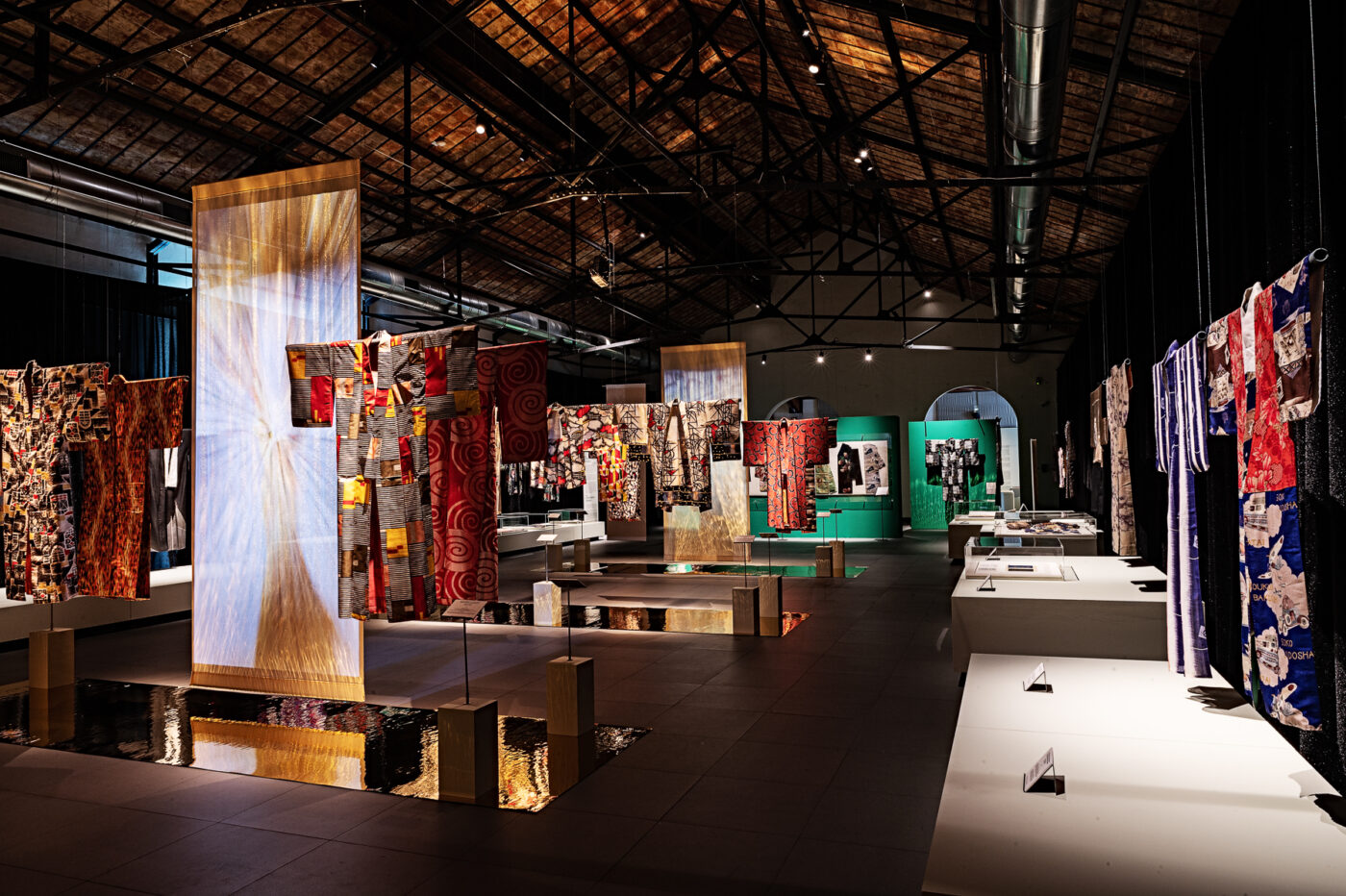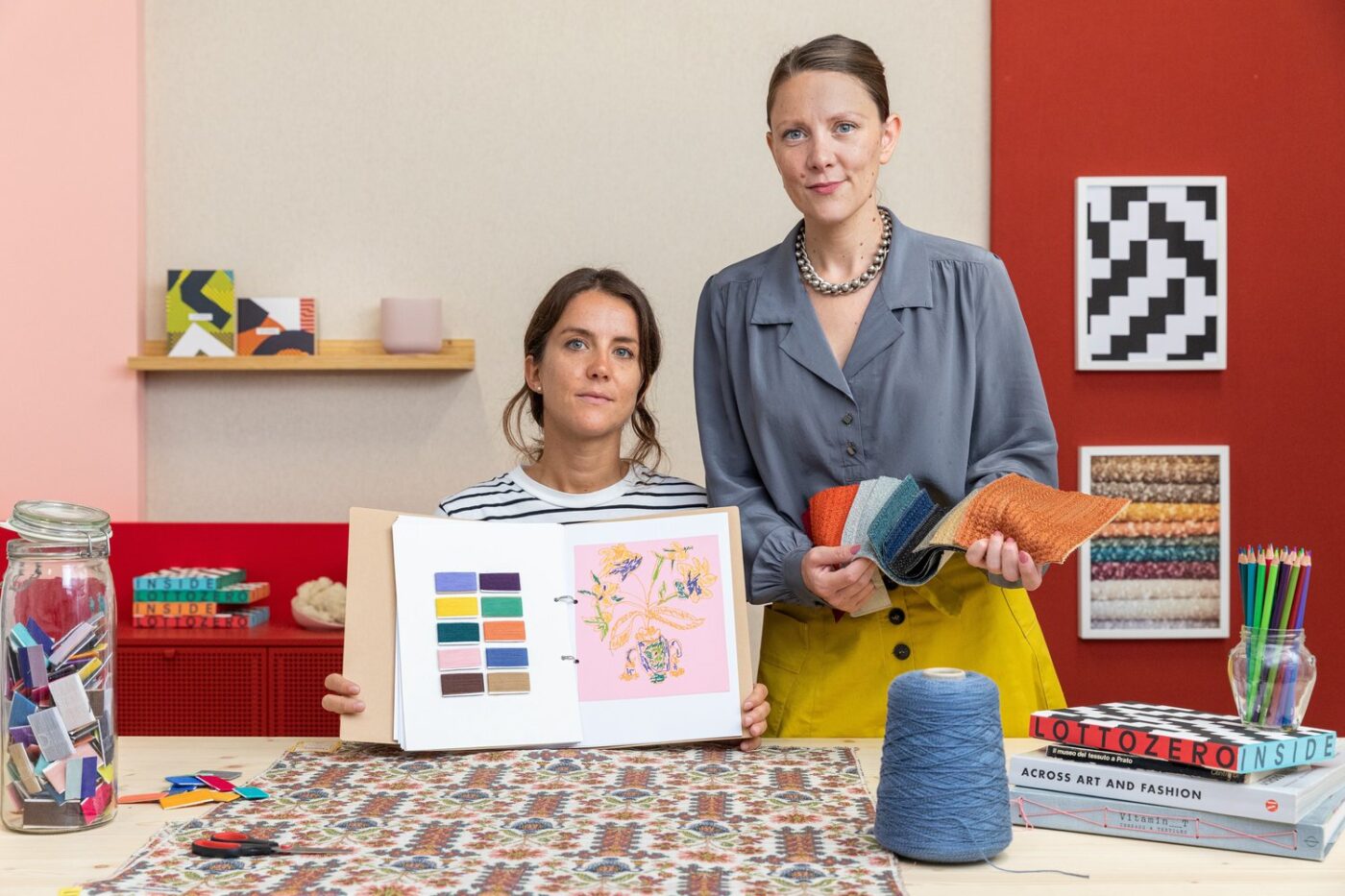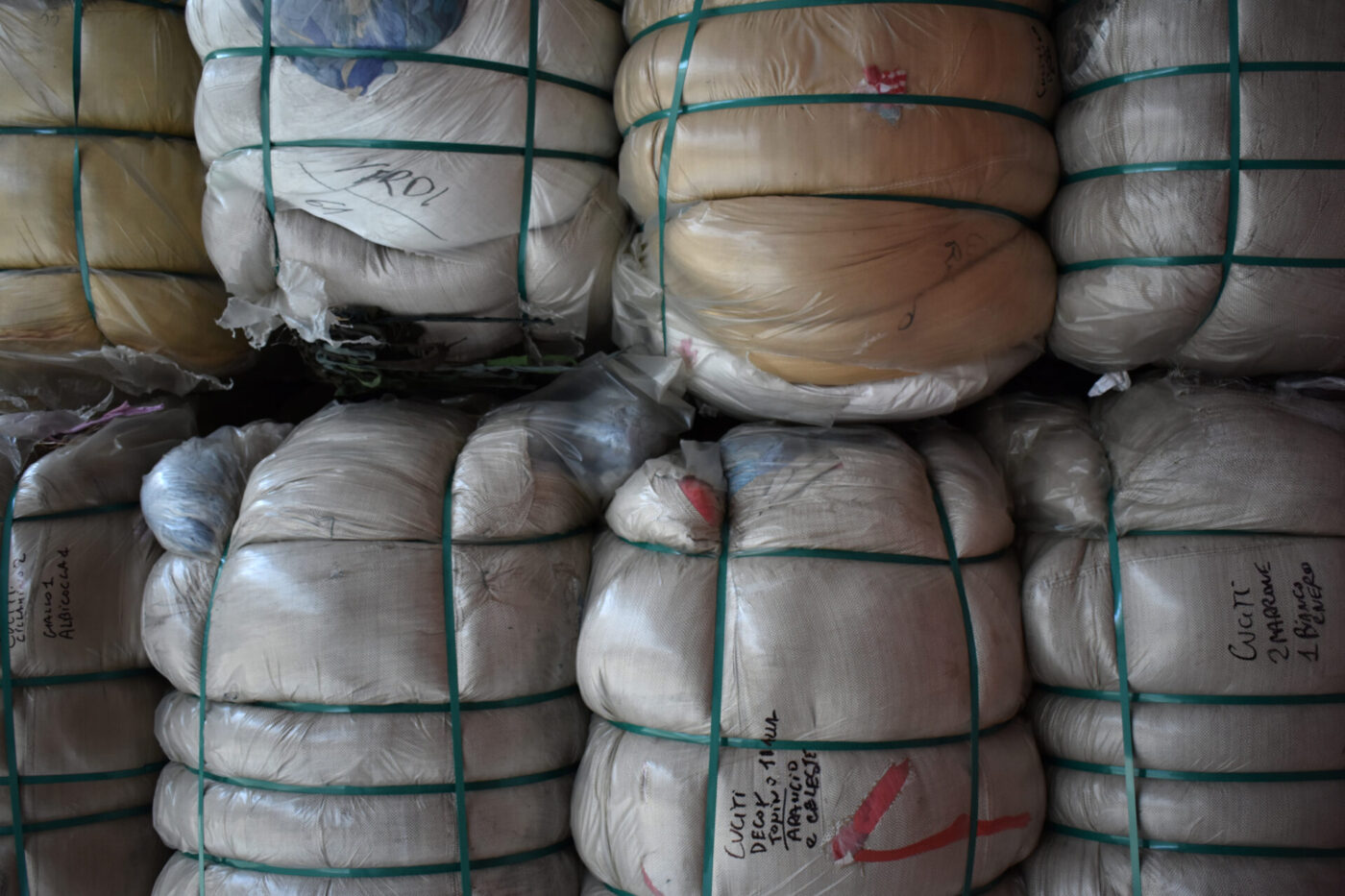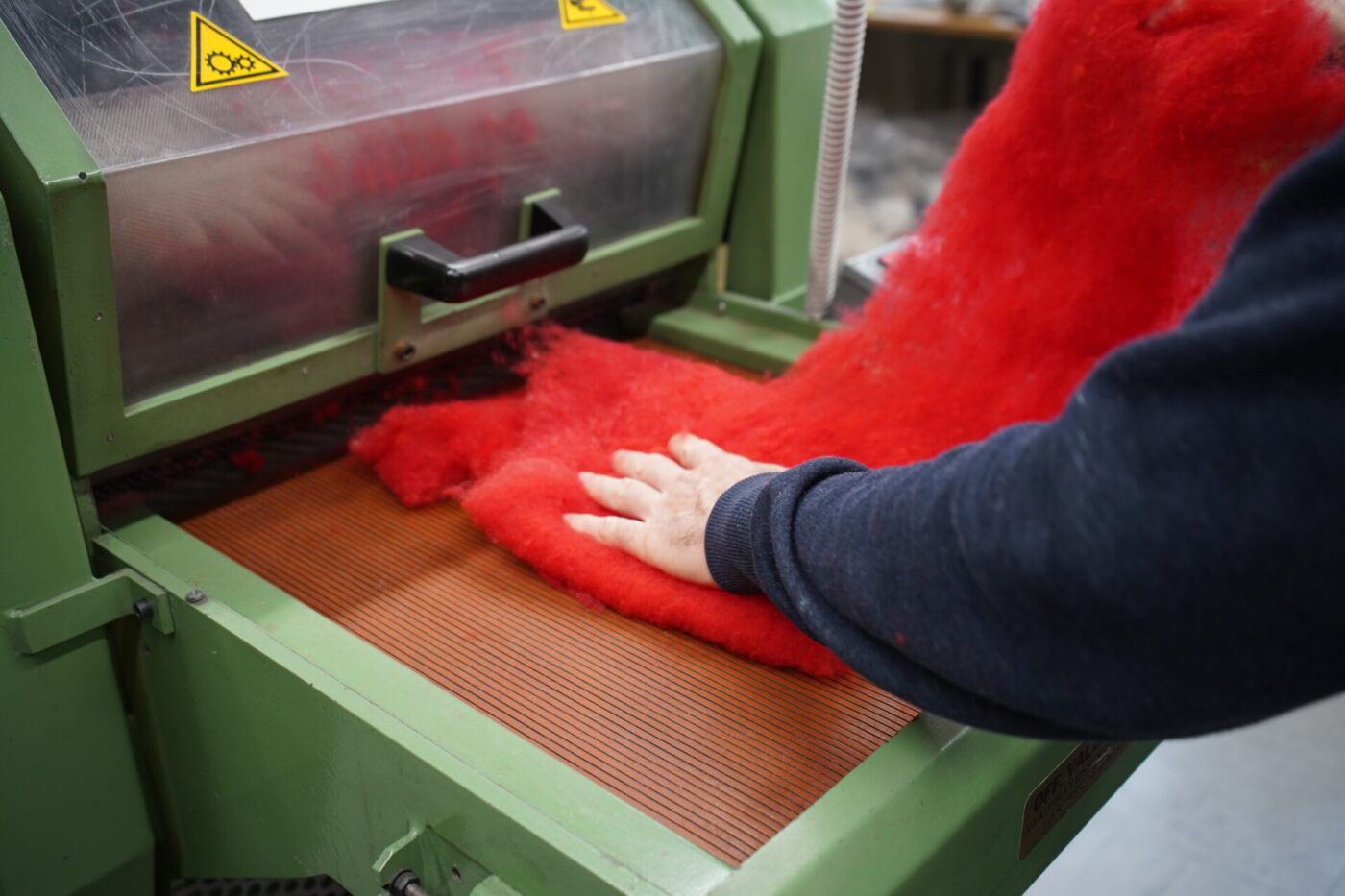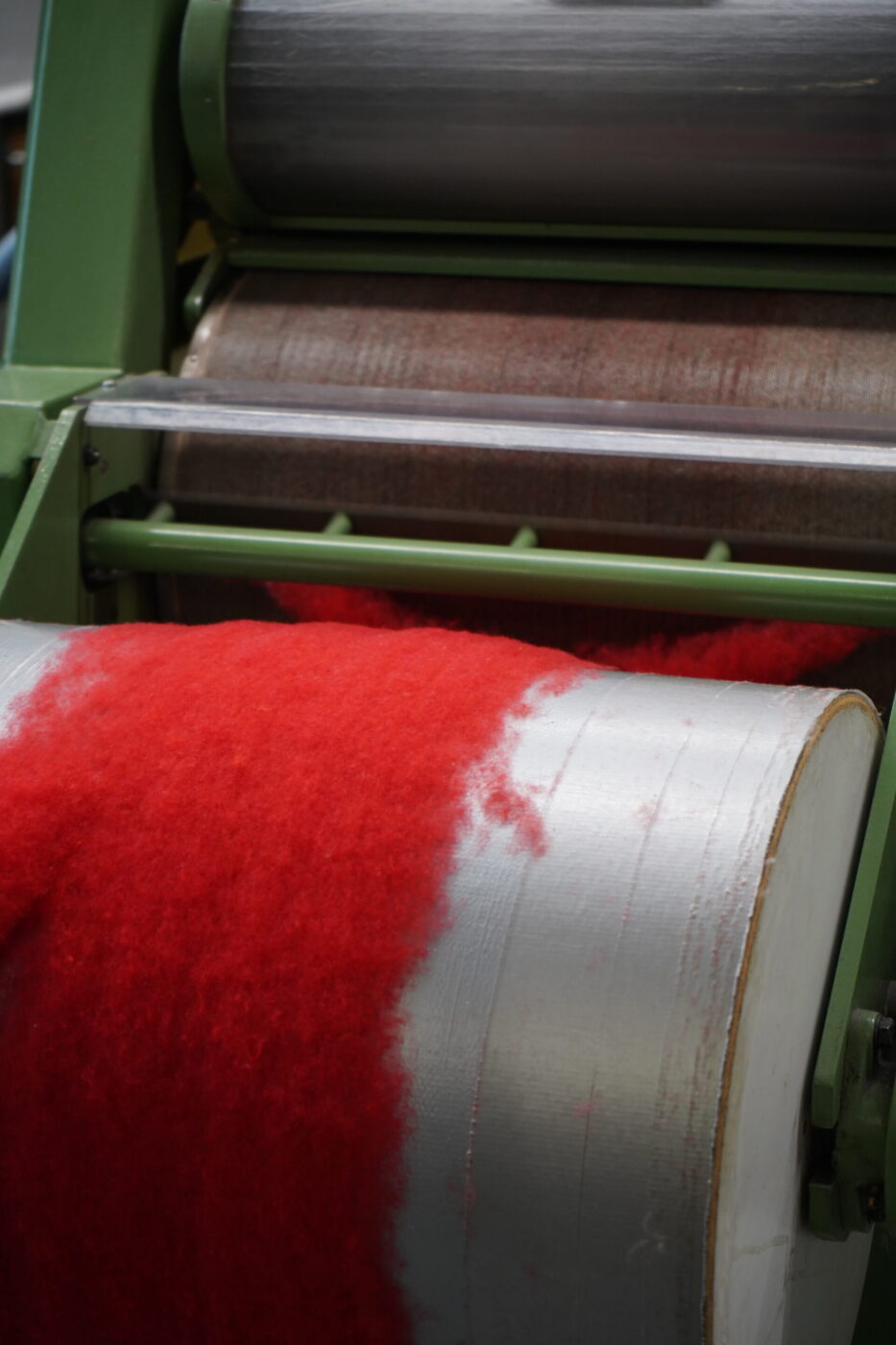In this Tuscan city, people don’t talk about fashion so much as textiles, and that distinction not only points to where Prato has been but where it’s headed. Prato isn’t postcard Tuscany; the city’s identity is industrial and pragmatic—chimneys, looms, and workshop floors rather than vineyards and fresco cycles—and that, increasingly, is the point. A manufacturing district built on cooperation and specialization is now recasting its heritage as an engine for sustainability, skills, and export growth. About 2,000 firms employ more than 15,000 people across the district, many focused on short, tightly linked steps—spinning, weaving, dyeing, finishing—so that ideas move quickly from concept to production and back again. That structure helps the city tackle the challenges now reshaping the industry: cutting environmental impact, securing qualified labor, and keeping value creation local.
Prato’s transformation rests on habits that are already embedded. For roughly 170 years, Prato has turned waste into raw material through rag-sorting and fiber regeneration. At the front end of that chain are the cenciaioli—manual rag sorters whose tactile classification skills, from feeling weight and weave to burn-testing fibers, still decide what can be truly regenerated and where it should go in the process. In the 19th century, as turbines and power looms arrived, Prato earned the nickname “the Manchester of Tuscany.”

Manually sorting the fabric that can be regenerated at Rifò
Today, by local estimates, about 80% of output uses regenerated fibers drawn from global post-consumer and industrial streams. The path from discards to new yarns and fabrics runs through color sorting, washing, and shredding; treatments to remove unwanted components; then spinning, weaving, and finishing. The process is governed by standards such as OEKO-TEX® Standard 100 and the Global Recycled Standard, and it’s supported by a wastewater network stretching roughly 60 kilometers and serving more than 350 companies, allowing mills to use treated, recycled water rather than draw on aquifers. The net effect is a district-level platform for lower-impact production that retains know-how inside the local economy.
Institutions have adapted along with factories. The Textile Museum, housed in the 19th-century Campolmi mill near the historic center, has evolved into a working resource for the sector, pairing a large historical collection with a materials library organized for designers and engineers. “It’s our job to make often technical content accessible, with a growing focus on inclusion,” said Laura Fiesoli, who coordinates the museum’s contemporary collections. Exhibitions that link past techniques to present applications—costume, product archetypes, designer retrospectives—function as translation layers between the district and the broader culture that consumes its output.
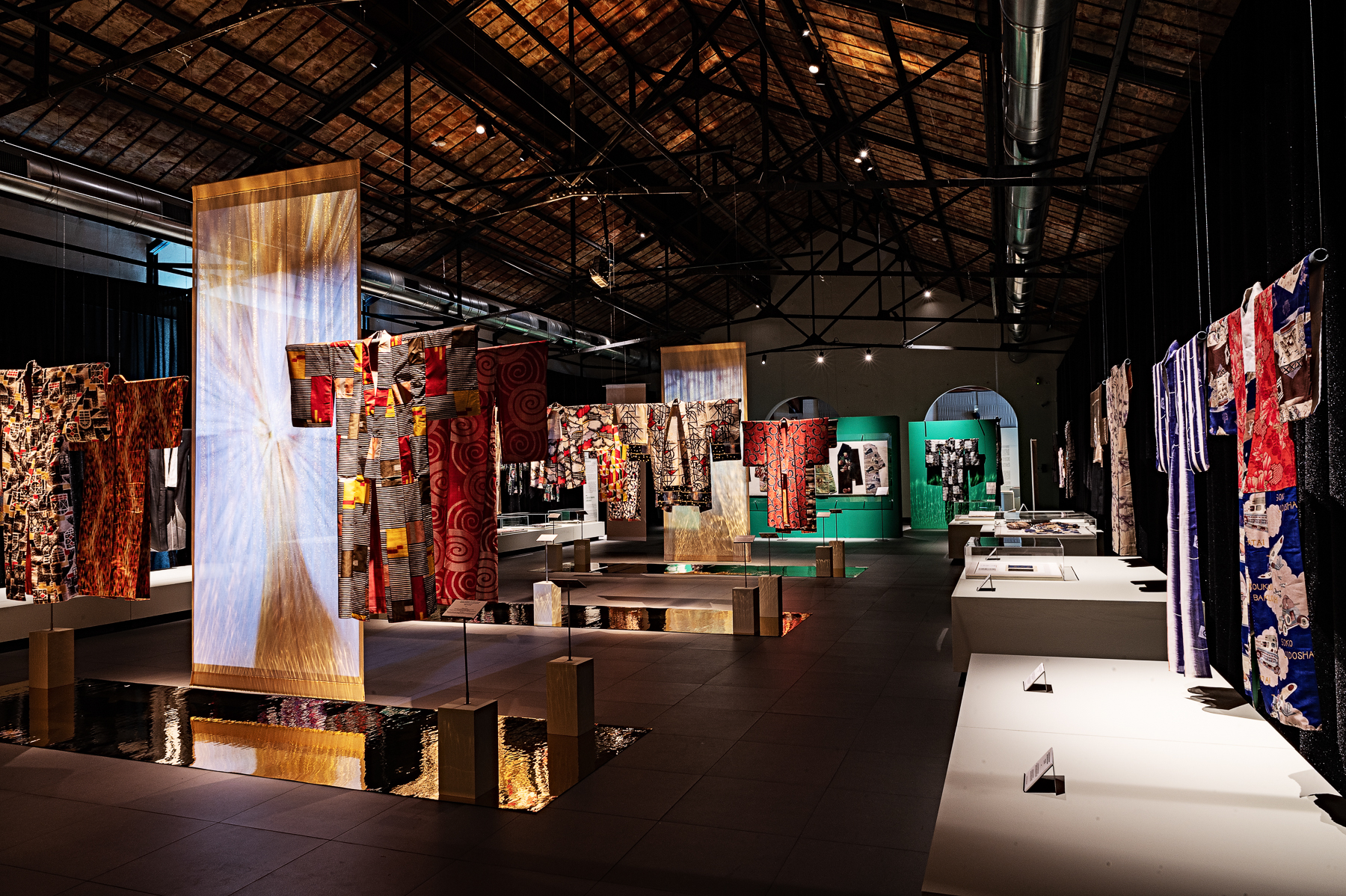
"Artful Reflections Between Japan & the West" at the Textile Museum
Entrepreneurs are also using the district’s dense supply chain to build new brands around longevity and circularity. Rifò, founded in 2017 by Niccolò Cipriani and Clarissa Cecchi, reinterprets traditional regeneration methods to make contemporary staples: well-cut shirts, jackets, pants, hats, and more in wool, cashmere, cotton, silk, and denim. “Until a few years ago, regeneration was seen as marginal—a necessity rather than a value,” said Eleonora Marini, Rifò’s communications lead. “We tried to put it back at the center when sustainability in fashion was still a niche topic.” The company concentrates nearly every step—sorting, spinning, cut-and-sew, finishing—within about 30 kilometers through a vetted network of workshops, and it invests in the skills pipeline with its Nei Nostri Panni program, a training initiative for people in vulnerable situations, particularly migrants. “Every six months we select new participants for a paid path, with local institutions, private partners and district companies,” Marini explains. They’ve also developed an in-house repair service that extends garment life and sustains trades, like professional darning, that are increasingly scarce elsewhere.
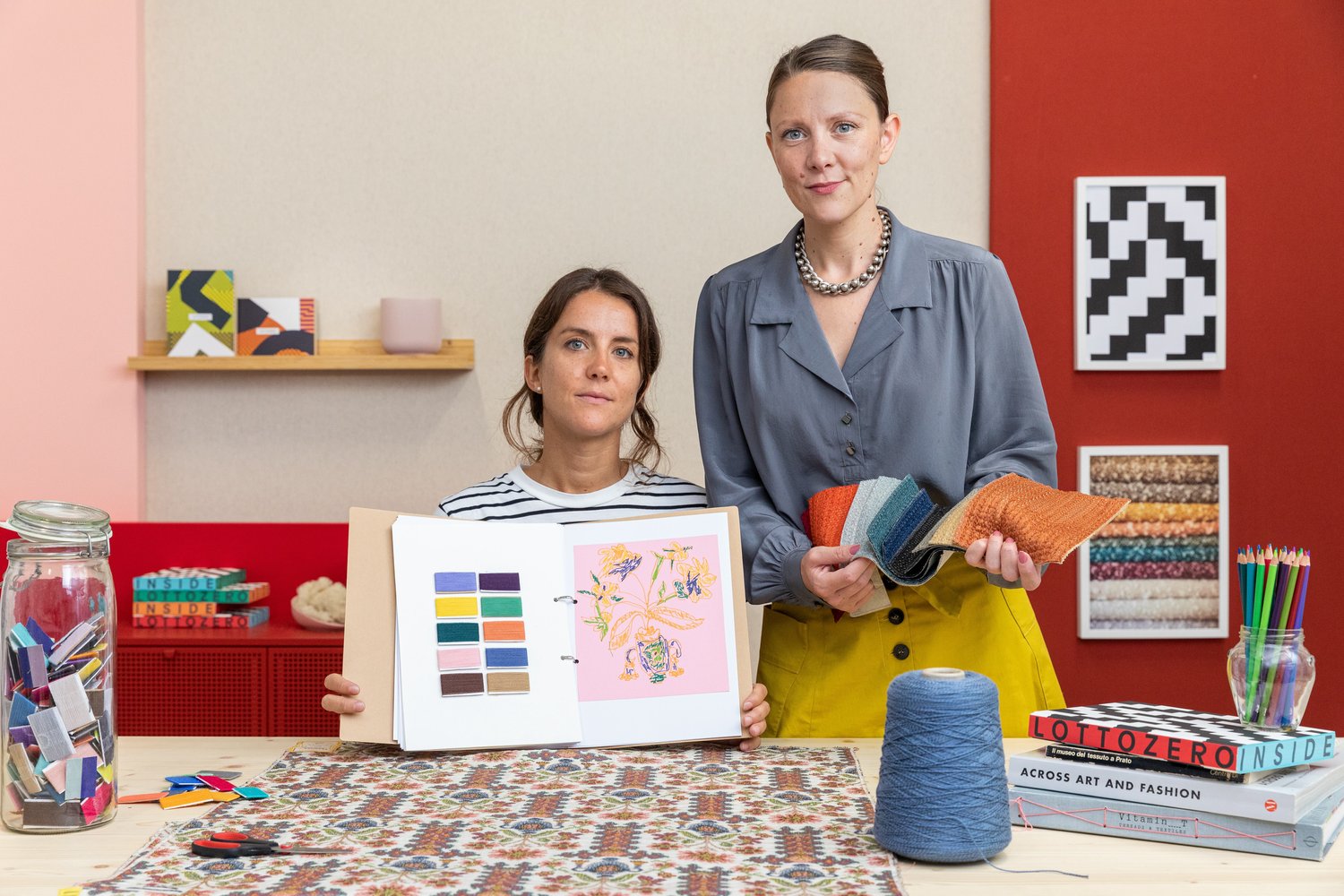
Arianna and Tessa Moroder; Photo courtesy of Lottozero
Bridging roles have emerged too. Lottozero, a laboratory founded by sisters Arianna and Tessa Moroder in a former family warehouse, advises brands that want to bring production into the district and runs residencies and shared workspaces that connect historians, artisans, students, and companies. “We often work with brands that are planning to produce in Asia or elsewhere and help them rethink the entire supply chain,” said Tessa Moroder. “Choosing a sustainable, transparent, traceable option is an economic decision, but also a moral one. In Prato it’s possible—and often the best choice.” The goal isn’t to sentimentalize craft, but to show how production actually works and make it competitive within contemporary constraints on cost, time, and environmental performance.
What distinguishes Prato’s next chapter is less a turn away from industry than a clearer articulation of what its industrial model can do. The same integrated network that once delivered speed and price now underwrites traceability, water recapture, fiber-to-fiber recycling, and workforce development. The museum functions as an R&D memory bank; small firms perform highly specific steps better done locally; and new ventures position durability and reparability as selling points rather than afterthoughts. If there is a lesson here, it is that heritage matters most when it reduces the distance between what is technologically possible and what is operationally routine. In Prato, that gap is narrowing, one production step—and one trained worker—at a time.
